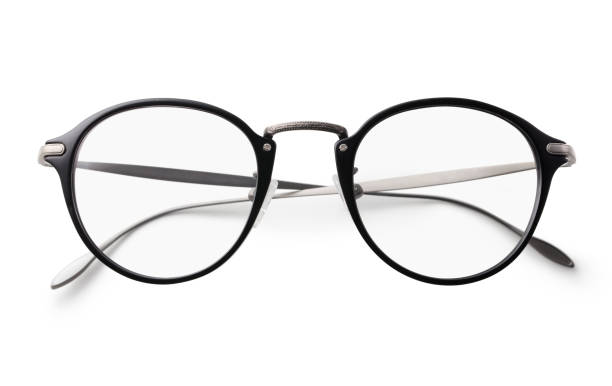
After the events of 9/11, Jason McCarthy decided to join the Army. He was eventually deployed to southern Iraq in 2007 and realized humility. “War was most humbling not for its costs, but for its clarity. I’m a better person because I went to war, because I served in Special Forces, because of the guys to my left and right who expected and demanded more of me than I knew I had. It’s not the revenge I sought after 9/11 that has endured, it’s the love in my heart for those I served beside. If there’s a nobler way to live a life than in service to others, I’ve not yet seen it.”

During this time, his wife, Emily, was a diplomat in Baghdad, and when they were together, he decided to make a go-bag (or go-ruck) for her just in case. It was when he began organizing a second ruck that Emily suggested he should do more this. However, their marriage did not last and he soon moved back to New York City with their dog, Java. During this time, McCarthy said he lacked purpose in his life outside the Army.
He credits his recovery to his dog forcing him to get out of the house every day and also to deciding to go back to school. While he slowly adjusted to civilian life, he continued thinking about go-bags. “What lived on was the idea for a bag that you could use in Baghdad or New York City, that would be tough enough for Special Forces, but that I could use in NYC without looking like I was still in the military. GR1 would have to build a bridge between the military world I was coming from, to the civilian world I was in.”
According to McCarthy, being an entrepreneur had never occurred to him and was out of his comfort zone. “I never even had a lemonade stand as a kid.” In February of 2008, he finally founded GORUCK. Not knowing how to build a backpack, though, McCarthy was stumped. So, he placed an ad on Craigslist for a backpack designer and connected with a design team in Montana who were searching for a new project after being laid off in New Zealand. The new team went through 6 prototypes, eventually settling on a usable design in 2010.

The process of designing, scaling, and preparing to sell all but destroyed his savings, eventually causing him to partner with his Dad. To market the product, McCarthy and some of his old buddies packed up and headed to Allentown, Pennsylvania to go rucking with the bags. They were surprised by how many people wanted to join them. In the summer of 2010, he did not sell many of his bags, but it gave him a new idea: the GORUCK Challenge.
He realized that people want a challenge and they want to push themselves. He discarded his old plan of selling his bags in local men’s or sporting shops and instead marketed a challenge. The GORUCK Challenge focused on people wearing the bags, not the bags themselves.
In 2011, he graduated from business school and focused more on GORUCK. During this time, he and Emily remarried and now live in Florida. GORUCK continues to grow, as well as the GORUCK Challenge where people push their limits with others. McCarthy is not a typical entrepreneur – he never really wanted to be one, but with an idea and an earnest desire to help people and bring them together, he ended up creating a thriving business and finding a new purpose in his life.

 A billion. It’s a number that seems impossible to picture in our minds. It’s one that counts our population, our galaxy, and it could make up seemingly infinite lifetimes. For most people, this idea of the billion exists only in the hypothetical or in the things beyond this world. So, when someone achieves it, it leaves the world wondering how.
A billion. It’s a number that seems impossible to picture in our minds. It’s one that counts our population, our galaxy, and it could make up seemingly infinite lifetimes. For most people, this idea of the billion exists only in the hypothetical or in the things beyond this world. So, when someone achieves it, it leaves the world wondering how.



 proud CEO while his mother served as president. A few months before becoming official, the Martinez home as well as close friends and families’ homes were bursting at the seams with boxes full of wacky socks. The company become a family bonding experience as Sebastian’s older brother Brandon used his socializing and presentation skills to market the product while Sebastian’s father Fabian’s excitement and energy kept the whole family involved and encouraged.
proud CEO while his mother served as president. A few months before becoming official, the Martinez home as well as close friends and families’ homes were bursting at the seams with boxes full of wacky socks. The company become a family bonding experience as Sebastian’s older brother Brandon used his socializing and presentation skills to market the product while Sebastian’s father Fabian’s excitement and energy kept the whole family involved and encouraged.




 Nine years ago, Jeffrey Raider, Andrew Hunt, Neil Blumenthal, and David Gilboa founded a company called Warby Parker, a company which they hoped would address the need for eyeglasses in a different way.
Nine years ago, Jeffrey Raider, Andrew Hunt, Neil Blumenthal, and David Gilboa founded a company called Warby Parker, a company which they hoped would address the need for eyeglasses in a different way.